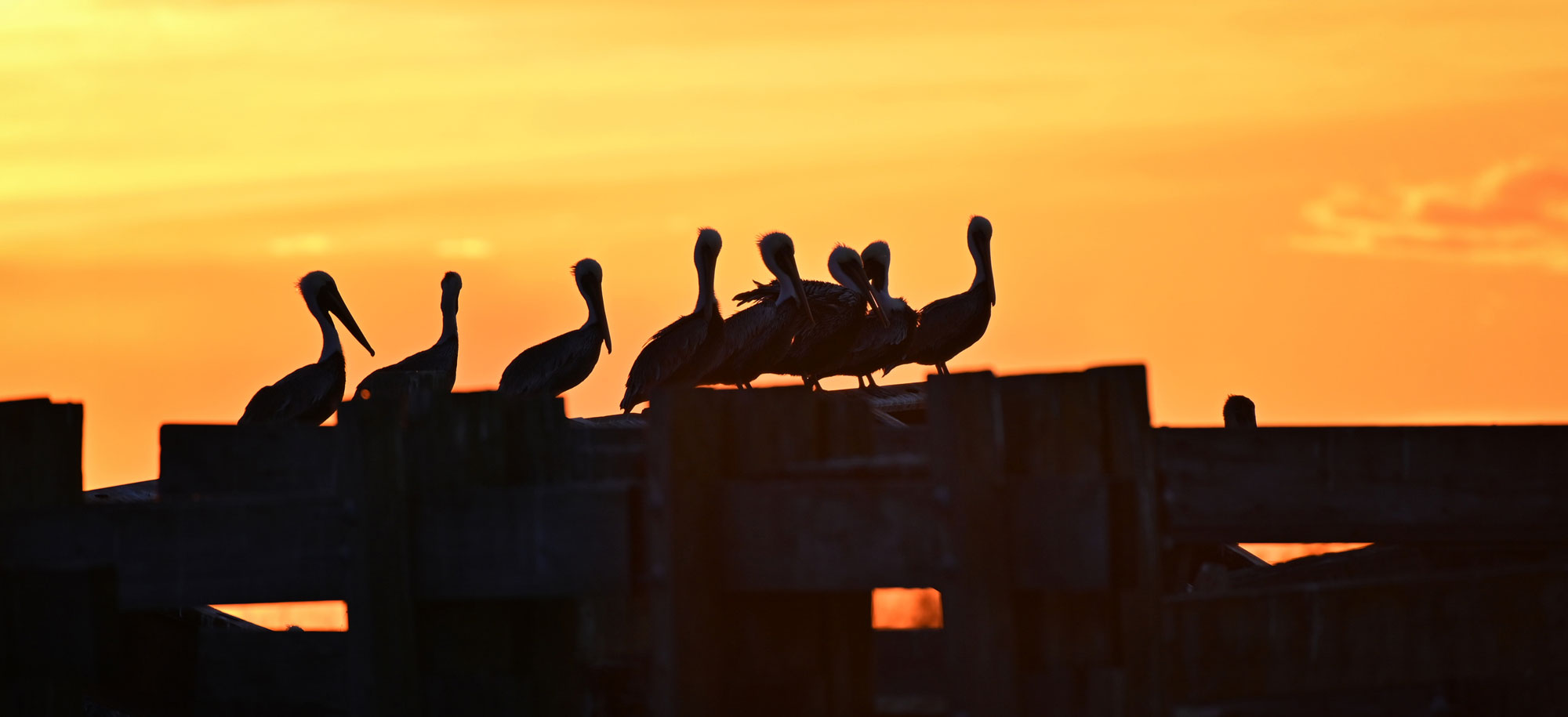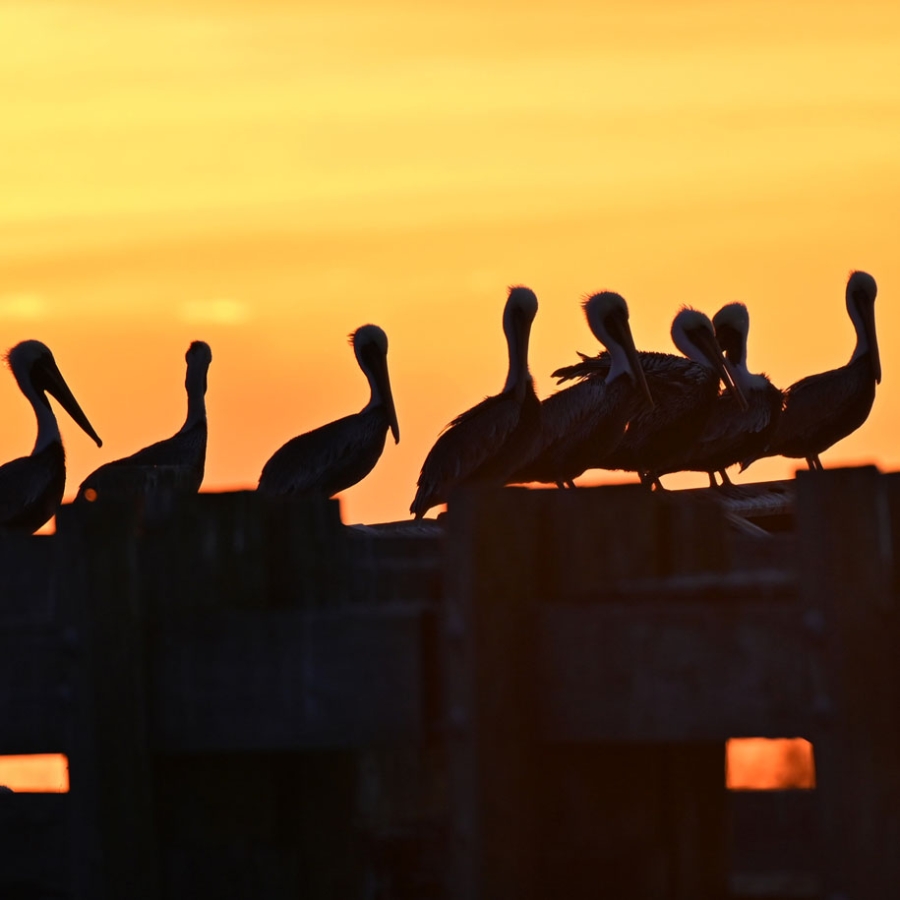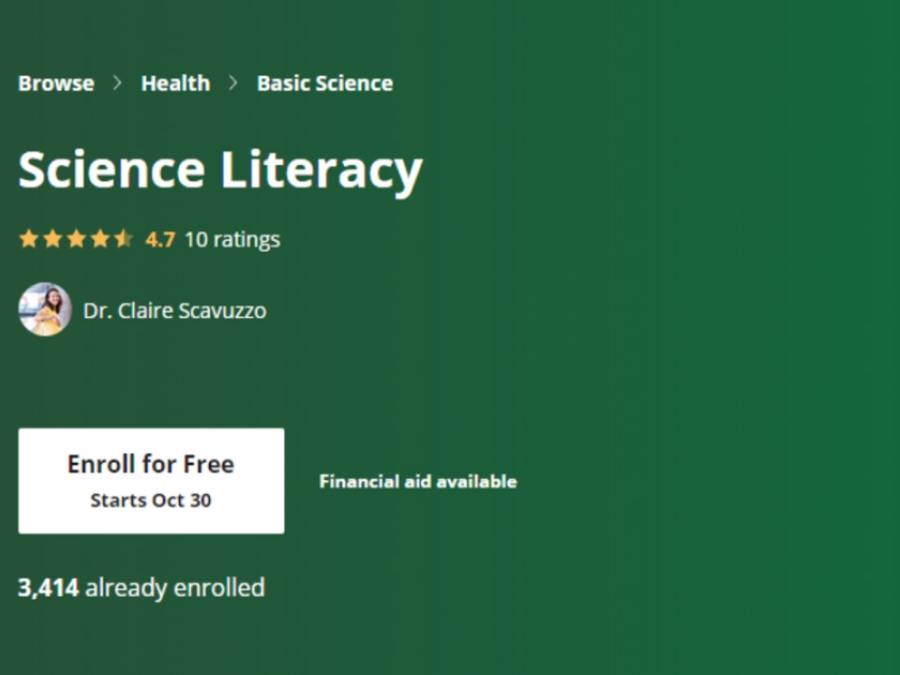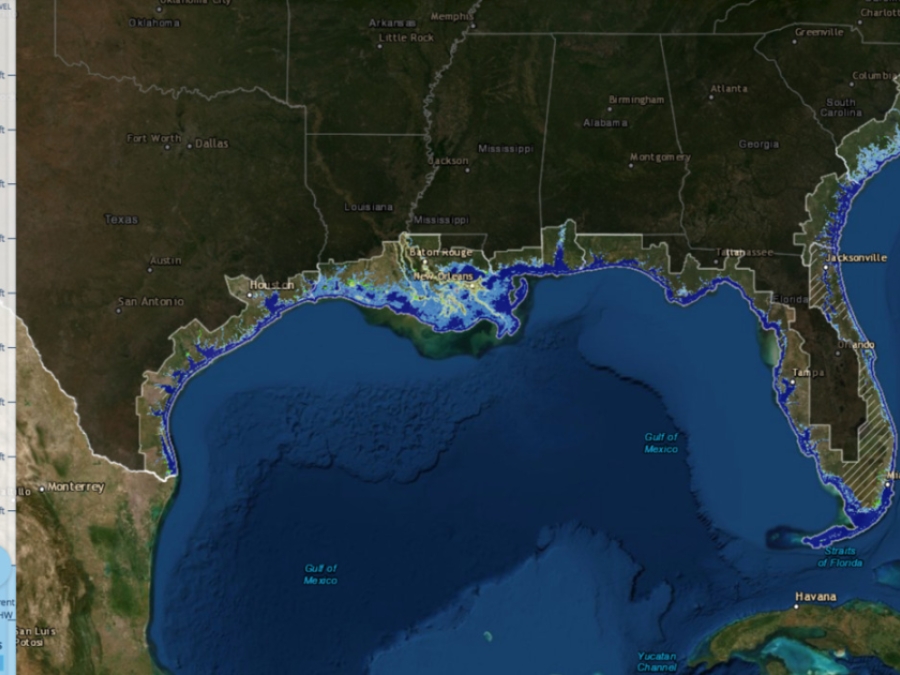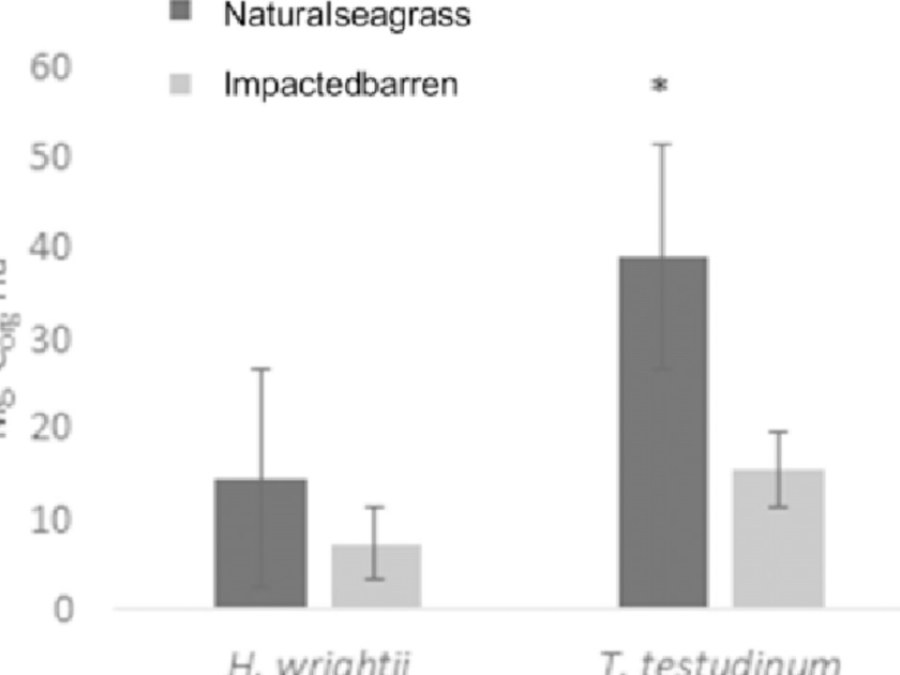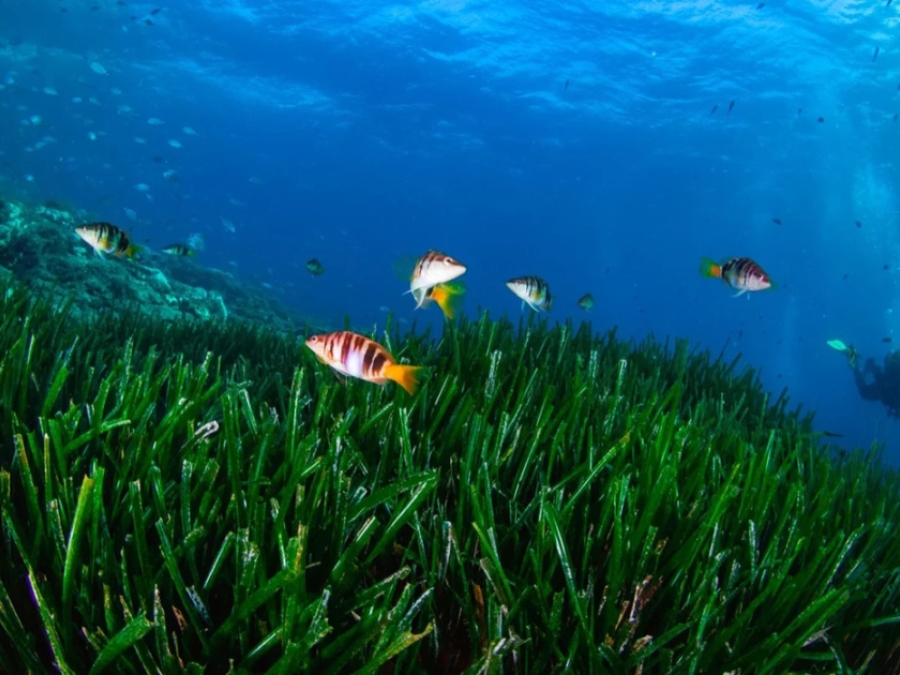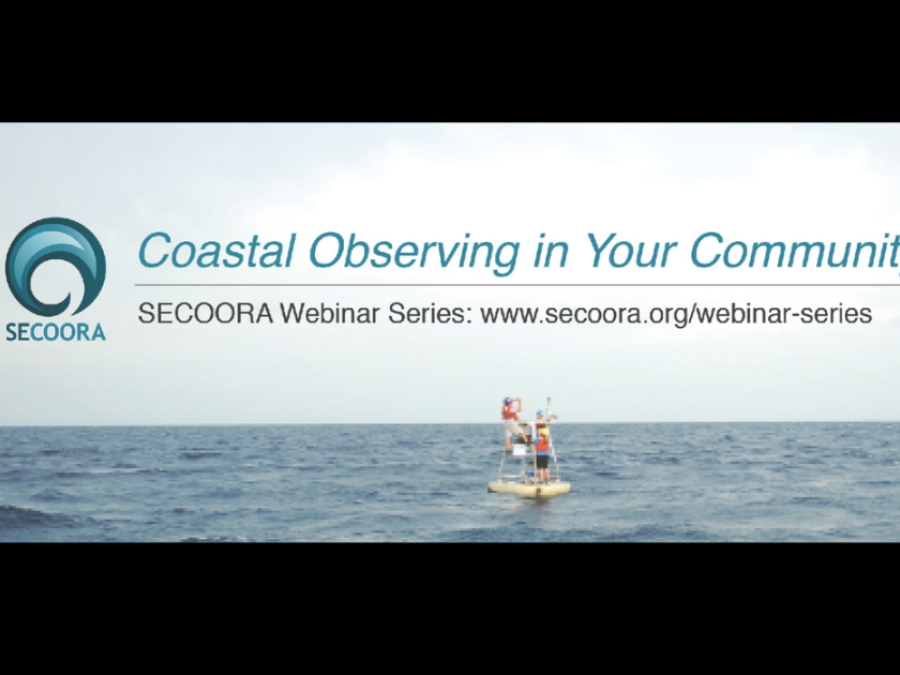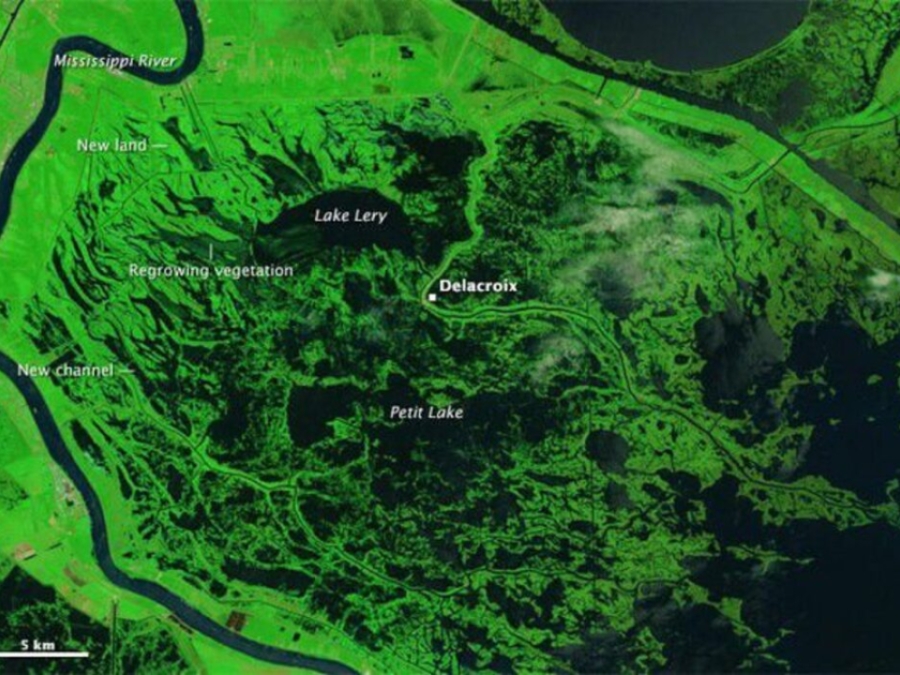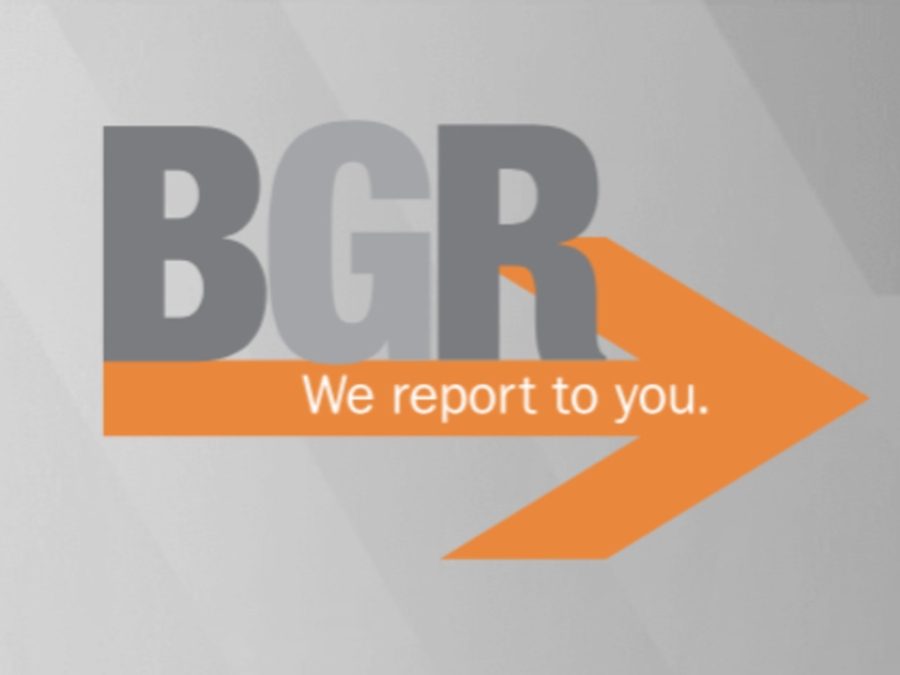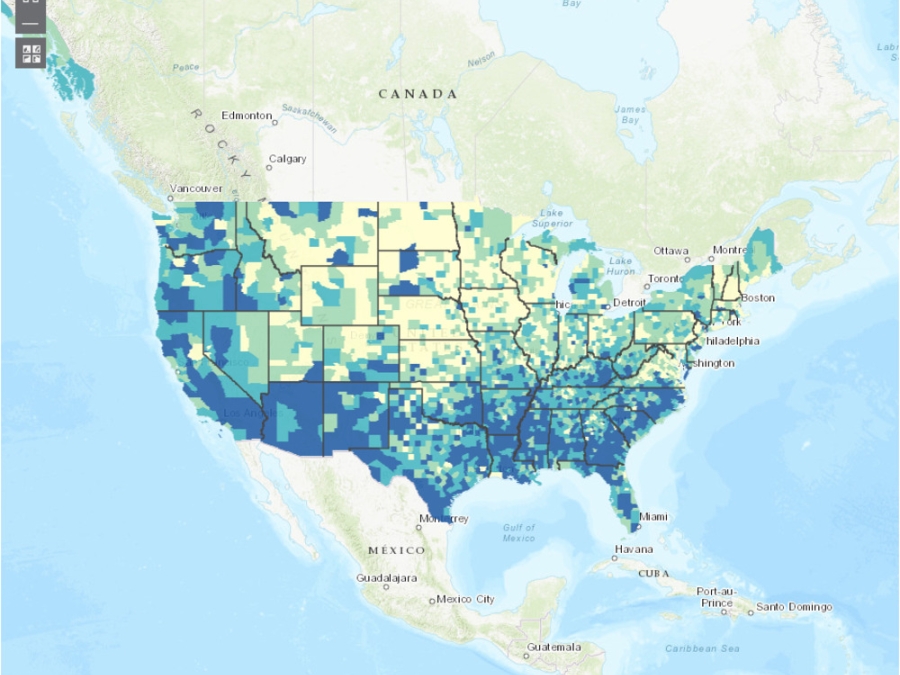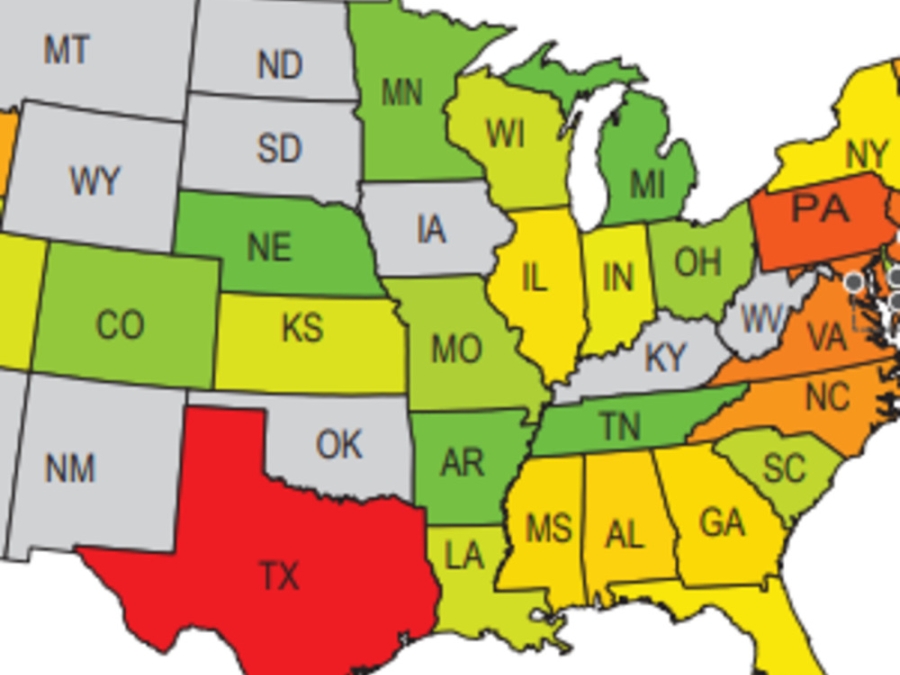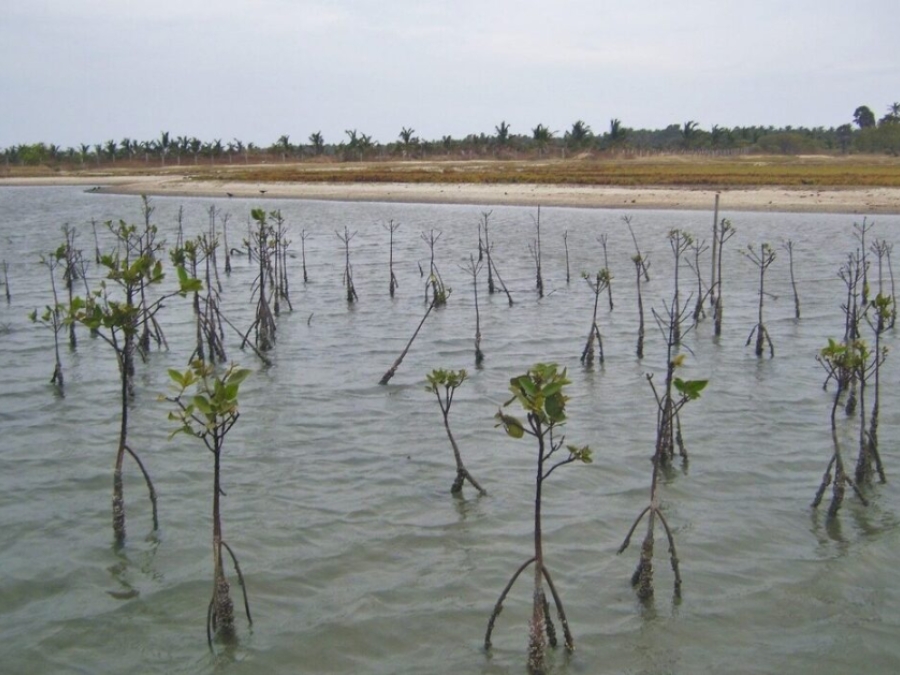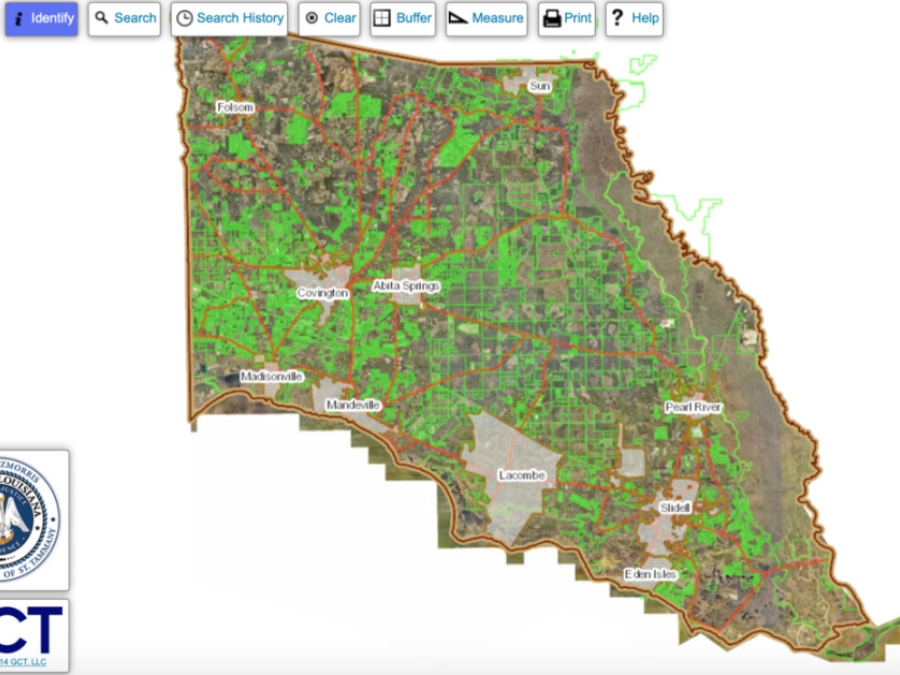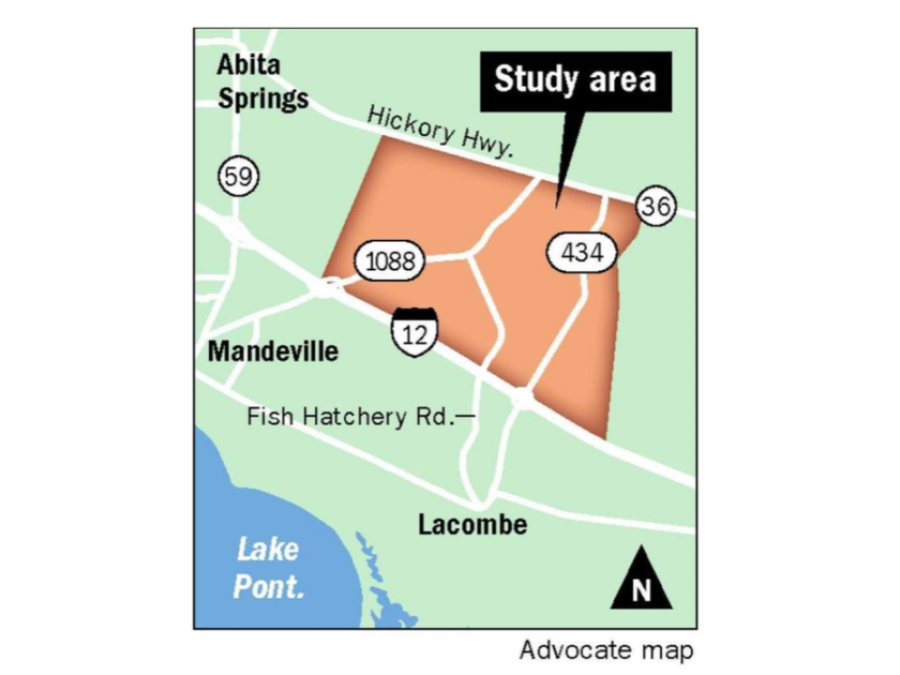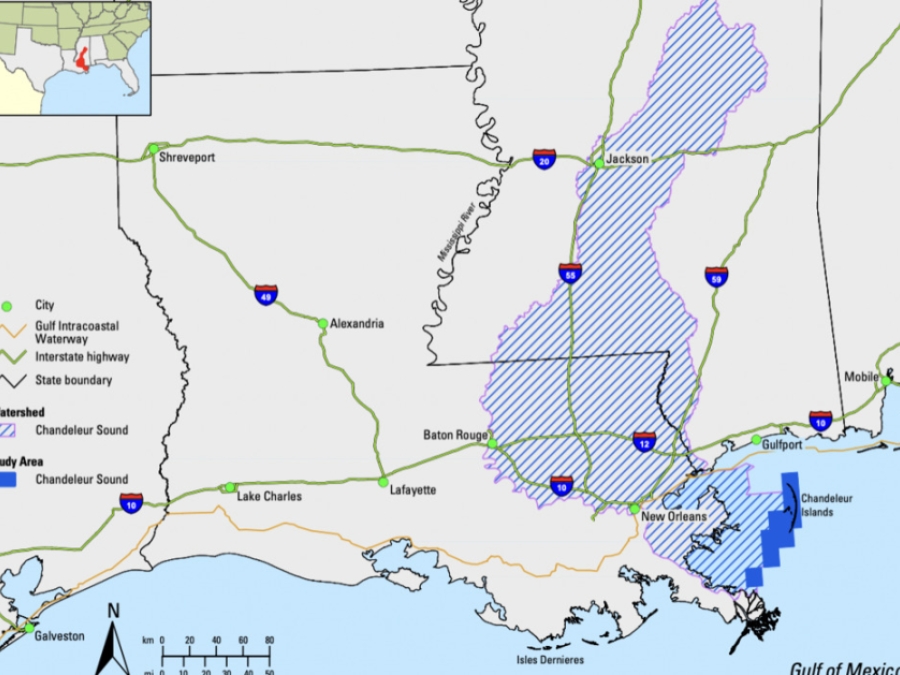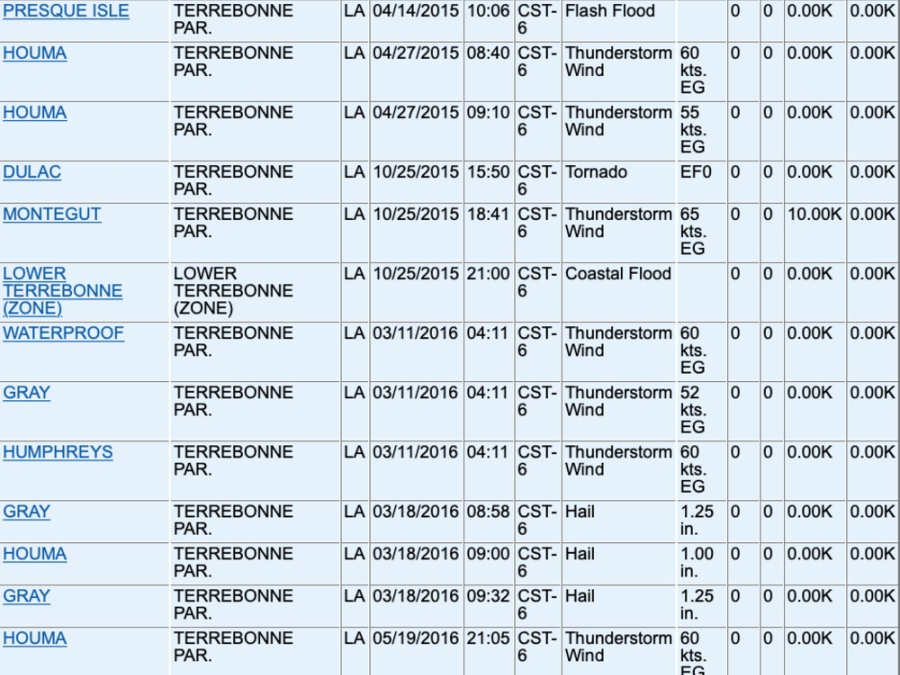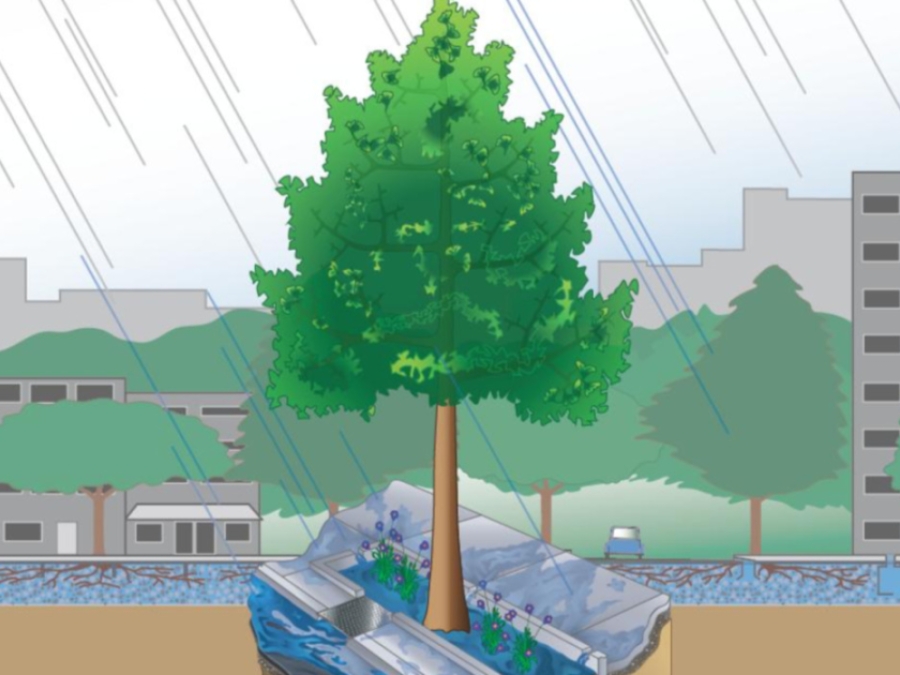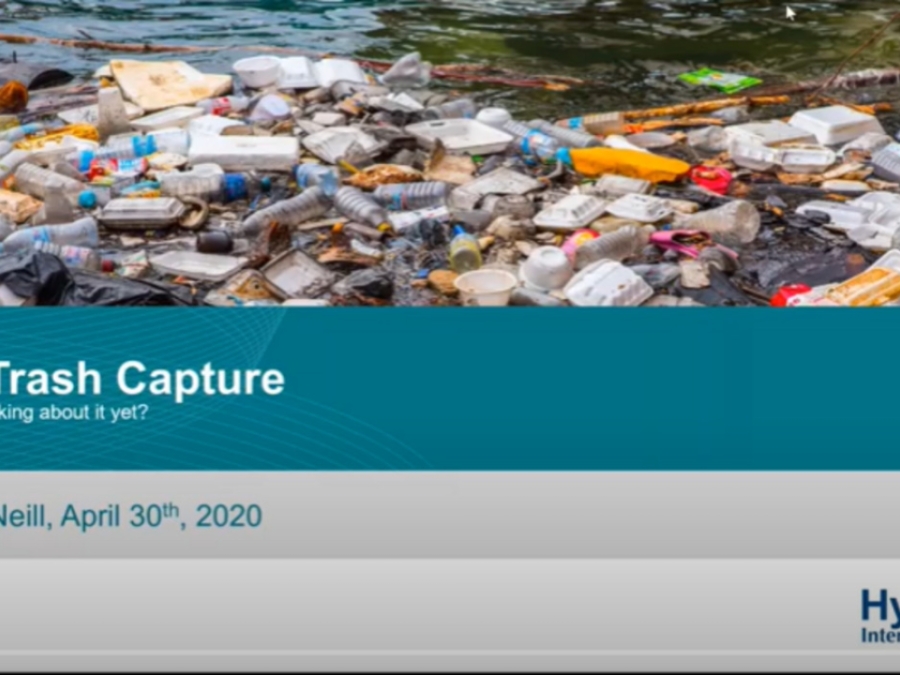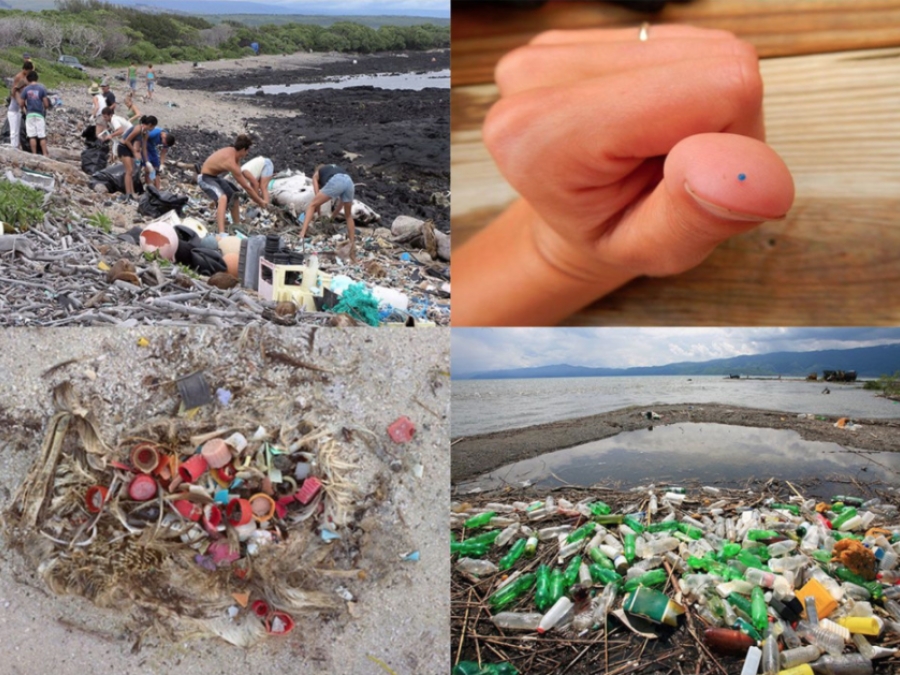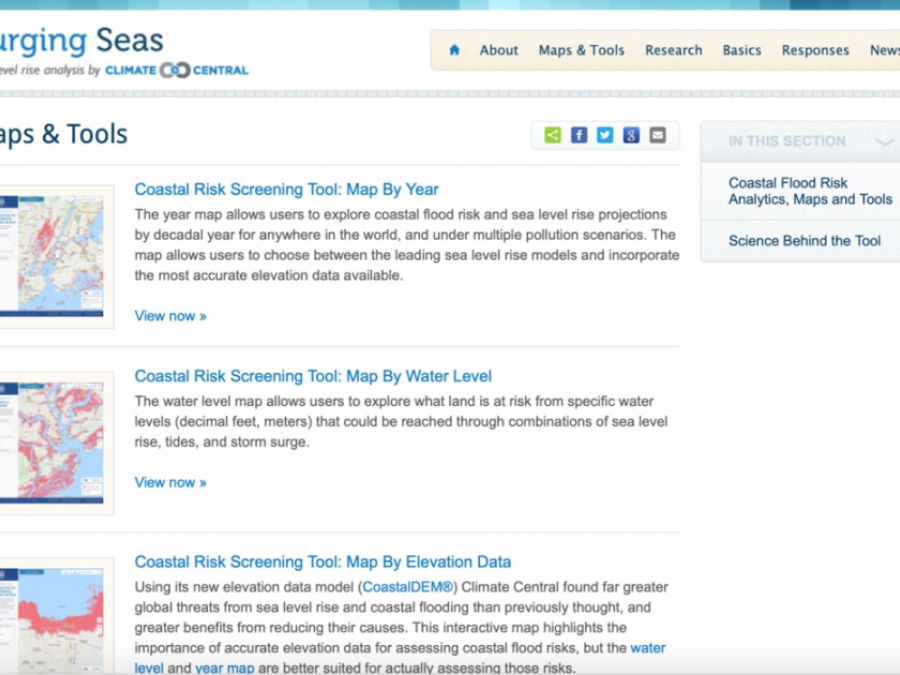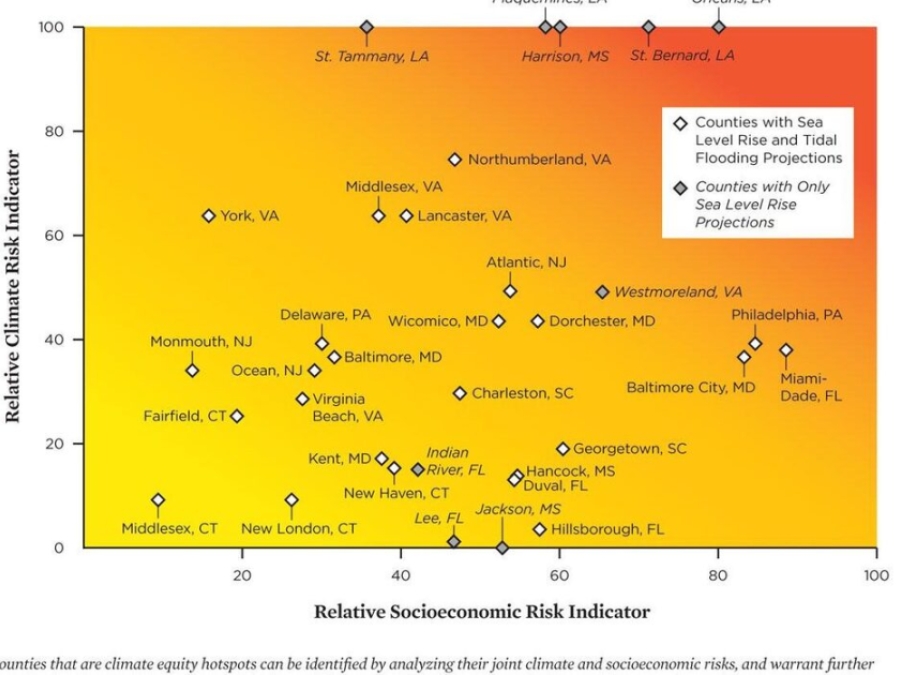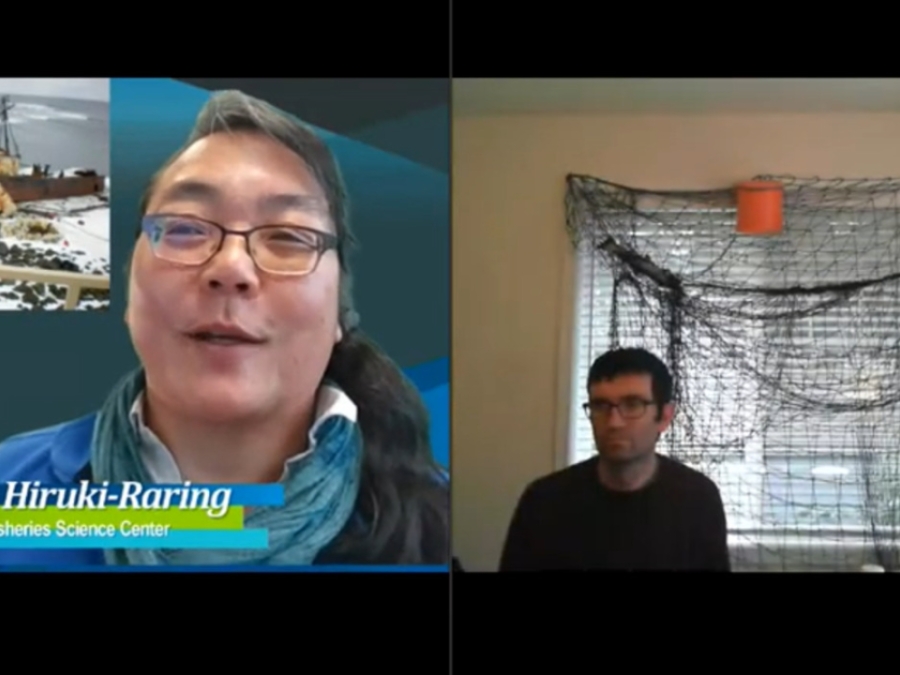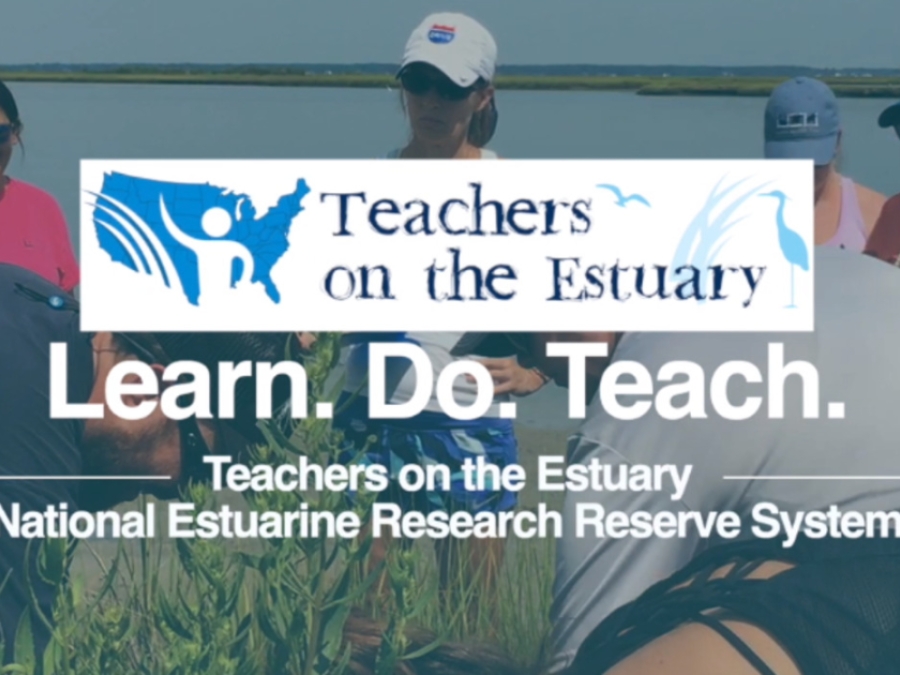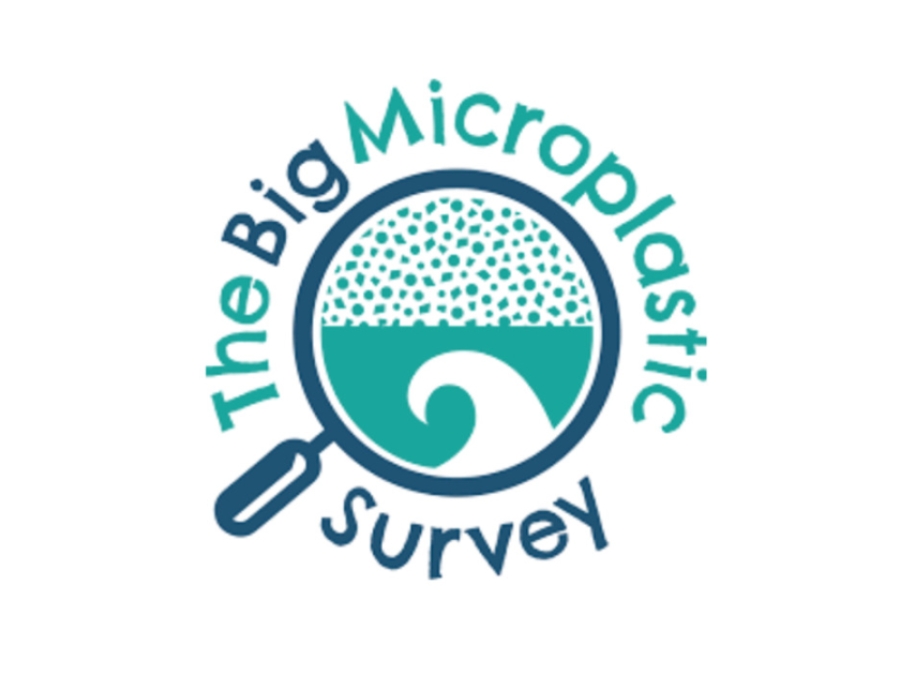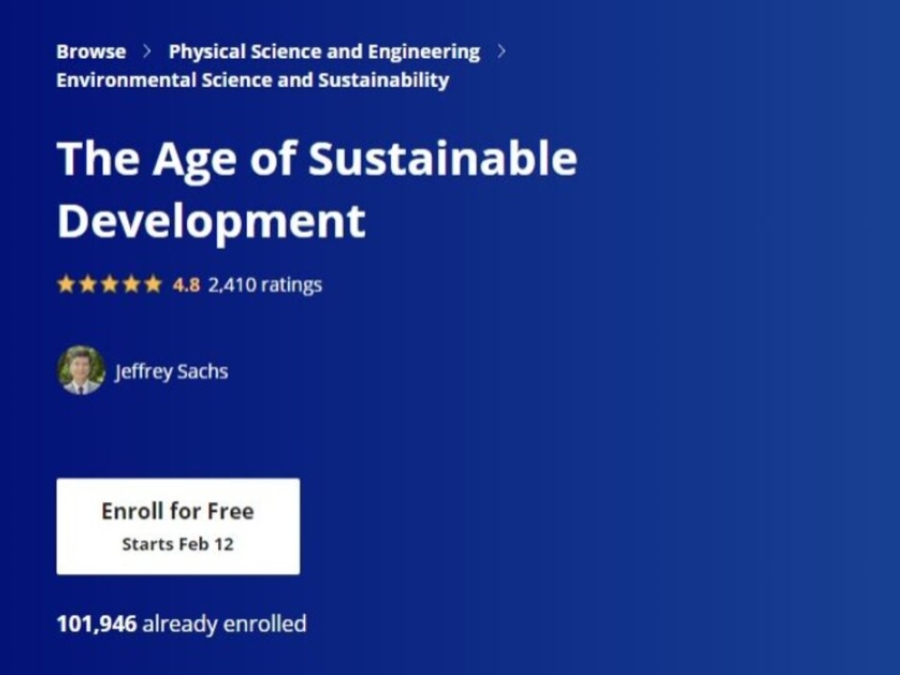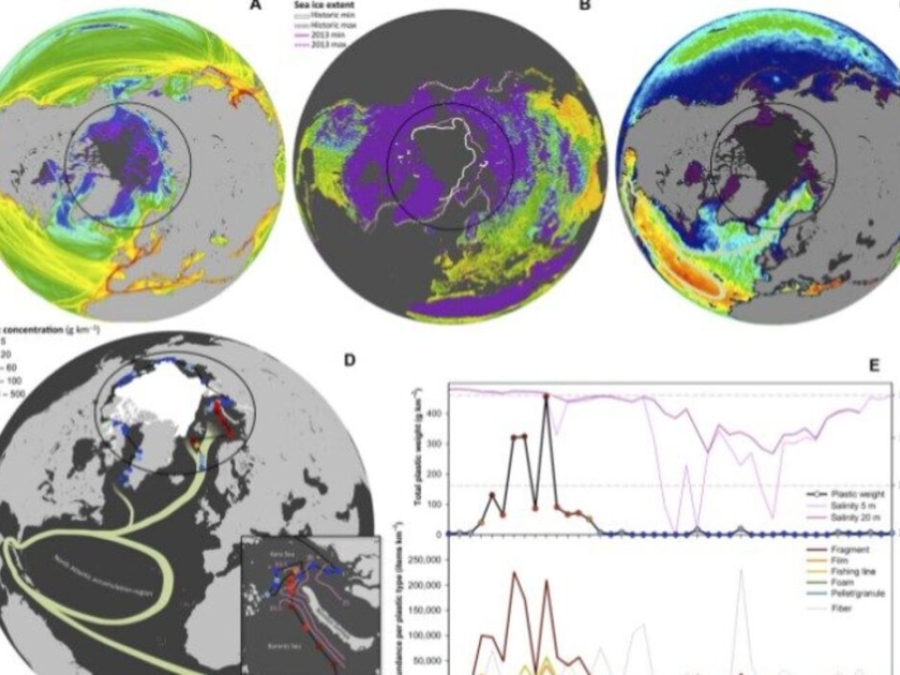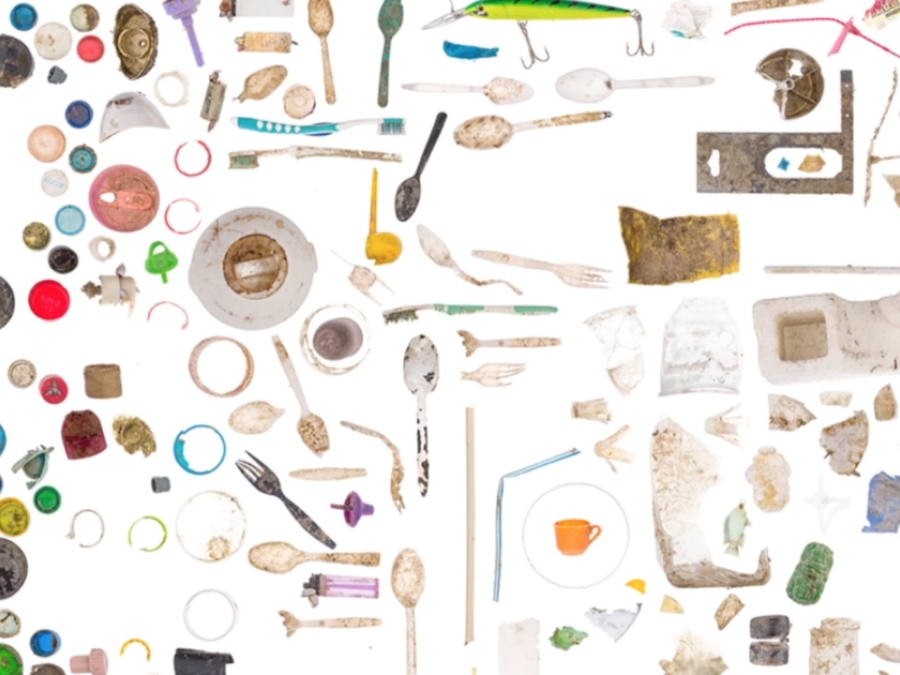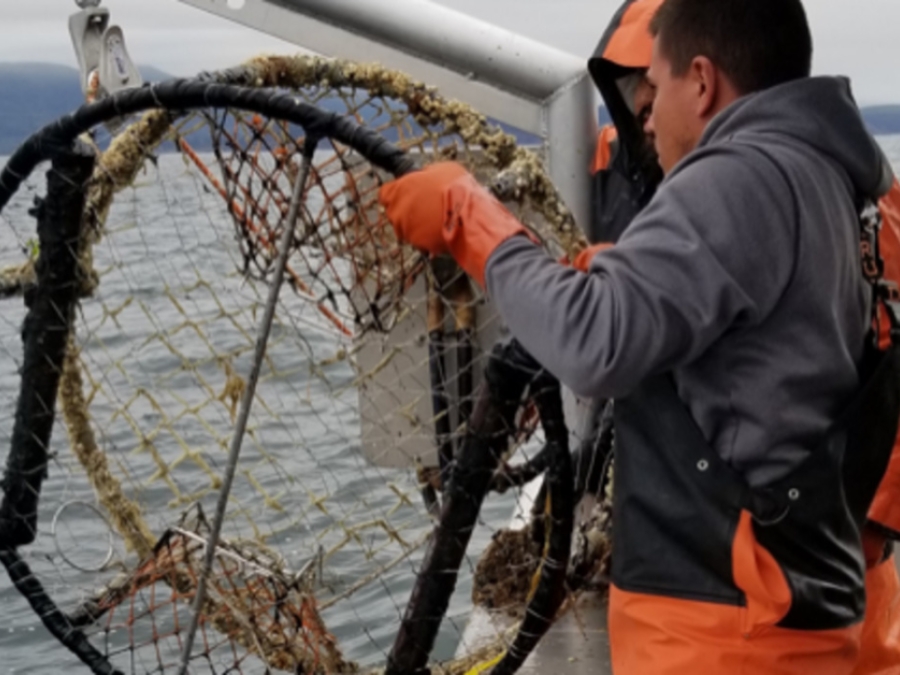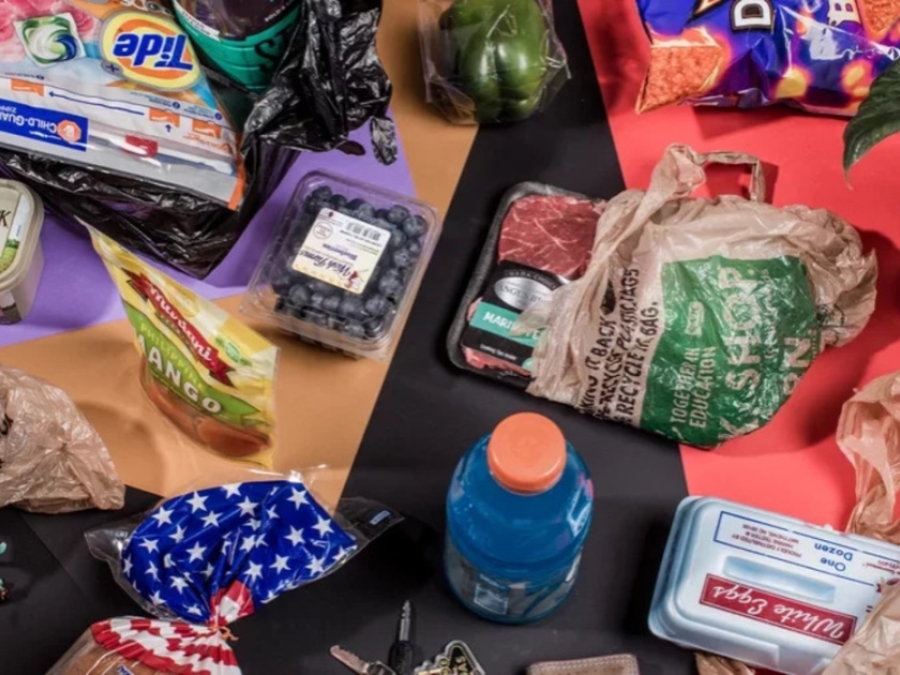Filter These Results +
Science Literacy
Science Literacy will teach you about the process of science, how to think critically, how to differentiate science from pseudoscience, how indigenous wisdom can inform science, how to understand and design a scientific study, and how to critically evaluate scientific communication in the media.
Science Literacy
Science Literacy will teach you about the process of science, how to think critically, how to differentiate science from pseudoscience, how indigenous wisdom can inform science, how to understand and design a scientific study, and how to critically evaluate scientific communication in the media.
Science Literacy
Science Literacy will teach you about the process of science, how to think critically, how to differentiate science from pseudoscience, how indigenous wisdom can inform science, how to understand and design a scientific study, and how to critically evaluate scientific communication in the media.
Sea Level Rise And Coastal Cities
Sea level rise is already redrawing coastlines around the world. What happens when the coast retreats through a major city? We look at how the world map will change in the year 2100, and what coastal cities can do to defend themselves.
Sea Level Rise And The Ala Wai Canal
This episode of Sea Grant's Voice of the Sea series take us inland to explore how rising sea level affects infrastructure, aquifers, and fresh water supplies."
Sea Level Rise Viewer
Use this web mapping tool to visualize community-level impacts from coastal flooding or sea level rise (up to 10 feet above average high tides). Photo simulations of how future flooding might impact local landmarks are also provided, as well as data related to water depth, connectivity, flood frequency, socio-economic vulnerability, wetland loss and migration, and mapping confidence.
Seagrass
In this pack, children can research seagrass, build their own Secchi disk, undertake the project seagrass word search and take on ocean coding challenges.
Seagrass Blue Carbon Dynamics In The Gulf Of Mexico: Stocks, Losses From Anthropogenic Disturbance, And Gains Through Seagrass Restoration
Seagrasses comprise a substantive North American and Caribbean Sea blue carbon sink. Yet fine-scale estimates of seagrass carbon stocks, fluxes from anthropogenic disturbances, and potential gains in sedimentary carbon from seagrass restoration are lacking for most of the Western Hemisphere.
Seagrass Guide: What Is It And Why Is It So Important?
Hidden under the waves, the humble seagrass remains relatively unknown by many of us, but this unassuming-looking plant plays an important role in restoring the health of our coastal ecosystems and fighting the climate crisis. Discover more about this once-common marine plant and the vast seagrass meadows being replanted around the UK coast.
Seagrass: Life In The Underwater Meadows
You dive down into a undersea meadow. Surrounded by blades of seagrass up to a meter tall, you begin to notice the abundant life all around. Schools of baby fish hide within the grassy maze as emerald sea slugs graze algae off the blades. Seagrass is an ocean-dwelling flowering plant, which provides a home for countless creatures. But these habitats are threatened around the world.
Secoora Webinar Series
Join SECOORA as we highlight coastal ocean observing in the Southeast! SECOORA members, principal investigators, technology experts and more will be featured every month on the webinar series.
Sensational Seagrass
Seagrass are flowering plants that live in the sea. There are many different kinds of seagrasses and some do not look like grass at all. Some of the shapes and sizes of leaves of different species of seagrass include an oval shape, a fern shape, a long spaghetti like leaf and a ribbon shape.
Signs Of Katrina Linger In The Marshes
The wetlands surrounding Delacroix, a fishing town to the southeast of New Orleans, were some of the hardest hit by the hurricane. Pounding surf, driving winds, and a potent storm surge transformed the marshes by picking apart mats of dead grass, stirring up and disbursing soft underlying sediments, scouring several new channels, and depositing leftover sediment and debris in new areas. This pair of false-color images shows the transformation. The Thematic Mapper on Landsat 5 acquired the top image a week before the storm hit. The Operational Land Imager (OLI) on Landsat 8 acquired the second image in August 2015.
Slip-Sliding Away? The Challenge Of Implementing St. Tammany's Vision For Growth Management
St. Tammany Parish has spent decades engaged in the business of poorly guided development. The results: willy-nilly growth patterns, environmental degradation, traffic congestion, and a declining quality of life. Concerned with the consequences of inadequately controlled growth, the Parish is currently engaged in the New Directions 2025 comprehensive planning process. The process began with a vision to bring growth under control and preserve quality of life. But as time passes, that vision continues to disintegrate before citizens' very eyes. In this report, BGR examines St. Tammany's vision for the future and the obstacles to bringing that vision to fruition. It discusses options for removing those obstacles and radically redefining the way growth occurs.
Social Vulnerability Index
Social vulnerability refers to the resilience of communities when confronted by external stresses on human health, stresses such as natural or human-caused disasters, or disease outbreaks. CDC's Social Vulnerability Index uses 15 U.S. census variables at tract level to help local officials identify communities that may need support in preparing for hazards; or recovering from disaster.
Sources Of Marine Debris
The International Coastal Clean-up shows us that Texas, Idaho, Illinois and many of the urbanized mid-Atlantic states stand out as having particularly high debris loads, along with several states on the Gulf coast.
Sri Lanka: Learning From Failure-Mixed Results Of Post- Tsunami Mangrove Restoration
In 2004, the devastating Indian Ocean tsunami invigorated the Sri Lankan government and people to turn their attention to restoring the country's mangrove stands to prevent such catastrophic damage from future disasters. It has an area of approximately square 65,610km with a coastline of about 1,620km on the Indian Ocean. Mangrove restoration projects were launched in Sri Lanka covering over 2,000 hectares. However, over 80% of these projects failed. Kondikara et al. 2017 conducted an assessment of the success of 23 mangrove restoration projects implemented following the 2004 tsunami.
St. Tammany Parish Geoportal
Welcome to the St. Tammany Parish Assessor's Office geographic information system (GIS). Assessor Louis Fitzmorris is pleased to provide this valuable data to all parish taxing bodies and to the public. Creating this data and maintaining it for the citizens of St. Tammany is important work and benefits all in our parish. Our progress is updated here regularly as we continue to add more parcels and further our advancements in our GIS.
St. Tammany Parish Just Keeps Growing. See The Data
St. Tammany Parish has roughly 22,500 more people living there than it did eight years ago. And people continue to move into the parish. That latest U.S. Census Bureau estimates show St. Tammany's population was up 1.4 percent in July 2017 compared with the year prior. Last year was the seventh consecutive year of population growth for the parish. Much of that growth is thanks to new residents who continue to move into St. Tammany at a healthy clip. Those moving into the parish outpaced those moving out by more than 2,500 people in 2017. By comparison, St. Tammany's population is almost two-thirds that of Orleans Parish.
St. Tammany Shoul Dlook At Focuses Development, Not Suburban Sprawl, To Avoid Becoming ' Anywhere, Usa' Experts Say
St. Tammany Parish has a choice in how it confronts inevitable growth: It can allow continued suburban sprawl, eating up more and more of the rural land that attracted many residents to the parish, or it can create centers where people can live, work and play in a relatively small area, a panel of experts from the Urban Land Institute said at a public meeting. The panelists called the latter approach the 'village in the woods' pattern - one that could create the equivalent of 25 Covington-like centers - and urged parish leaders to embrace it.
Statewide Summary For Louisiana
Although wigeon grass (Ruppia maritima) is common all along coastal Louisiana, true seagrass meadows containing turtle grass (Thalassia testudinum), manatee grass (Syringodium filiforme), shoal grass (Halodule wrightii), and star grass (Halophila englemannii) currently occur only east of the Mississippi River near the Chandeleur Islands (fig. 1).
Storm Event Database
This NOAA database catalogues storm event data from 1950 to 2020. Users can sort storm events by location, year, and event type.
Stormwater To Stree Trees: Engineering Urban Forests For Stormwater Management
Installing trees in locations that are engineered to retain stormwater is a great way to augment existing stormwater management systems, increasing their capacity and improving water quality while greatly improving the urban forest canopy. This guide is an introduction to those engineered systems available, and in use today, that utilize trees to manage a volume of stormwater. These systems, in addition to providing a solution for managing runoff, also grow big trees.
Stormwater Webinar: Full Trash Capture
California has led the way with 100% full trash capture TMDLs. Watch this webinar to find out what we can learn from their regulations to help reduce the amount of trash that gets into waterways.
Storymap: Marine Debris In Coastal Parks
Marine debris comes in different sizes and poses a range of threats to parks, including damage to coastal habitats and risks to animals from entanglement or ingestion, as well as potential impacts from toxic contamination.
Storymap: Marine Debris In Coastal Parks
Marine debris comes in different sizes and poses a range of threats to parks, including damage to coastal habitats and risks to animals from entanglement or ingestion, as well as potential impacts from toxic contamination.
Surging Seas
Climate Central's Program on Sea Level Rise strives to provide accurate, clear and granular information about sea level rise and coastal flood hazards both locally and globally, today and tomorrow. Anchored in rigorous primary research, our work distinguishes itself by its user-friendly maps and tools, extensive datasets, and high-quality visual presentation. The program dedicates its efforts to helping citizens, communities, businesses, organizations, and governments at every level to understand the consequences of different carbon pathways and to navigate the shifting waters of our warming world.
Surviving And Thriving In The Face Of Rising Seas
The growing consequences of climate change threaten communities up and down the U.S. coast. But some communities are particularly vulnerable due to a combination of climate and socioeconomic risks... Fairness, justice, and equity go to the heart of what a true democracy like ours stands for. As a nation, we need to bring those principals to bear as we work together to confront the consequences of climate change.
Talking Trash: Marine Debris Research In Alaska
With Alaska's extensive, rugged and remote coastline, longer than the rest of the United States combined, innovative and creative approaches are required to address marine debris. Join us to learn about types of marine debris of all shapes and sizes, as well as projects that are being undertaken in Alaska by NOAA and community partners to conduct marine debris research, removal, and prevention
The Big Microplastic Survey
The Big Microplastic survey is a collaborative citizen science project being undertaken by UK registered charity, Just One Ocean and the University of Portsmouth. The project began in July 2018 and numerous individuals and organisations from around the world have joined the programme.
The Age Of Sustainable Development
The Age of Sustainable Development" gives students an understanding of the key challenges and pathways to sustainable development - that is, economic development that is also socially inclusive and environmentally sustainable.
The Arctic Oceans As A Dead End For Floating Plastics In The North Atlantic Branch Of The Thermohaline Circulation
The subtropical ocean gyres are recognized as great marine accumulation zones of floating plastic debris; however, the possibility of plastic accumulation at polar latitudes has been overlooked because of the lack of nearby pollution sources. In the present study, the Arctic Ocean was extensively sampled for floating plastic debris from the Tara Oceans circumpolar expedition. Although plastic debris was scarce or absent in most of the Arctic waters, it reached high concentrations (hundreds of thousands of pieces per square kilometer) in the northernmost and easternmost areas of the Greenland and Barents seas.
The Fragile Fringe
This educator's guide "includes background information, suggested activities, glossary, references, and reading list. Activities can be demonstrated by the teacher or performed by students. Emphasis is on Gulf Coast wetlands."
The Fragile Fringe
This educator's guide "includes background information, suggested activities, glossary, references, and reading list. Activities can be demonstrated by the teacher or performed by students. Emphasis is on Gulf Coast wetlands."
The Great Pacific Garbage Patch
The Great Pacific Garbage Patch is a collection of marine debris in the North Pacific Ocean. Marine debris is litter that ends up in oceans, seas, and other large bodies of water. The Great Pacific Garbage Patch, also known as the Pacific trash vortex, spans waters from the West Coast of North America to Japan. The patch is actually comprised of the Western Garbage Patch, located near Japan, and the Eastern Garbage Patch, located between the U.S. states of Hawaii and California.
The Gulf Of Mexico Is Sending Out An S.O.S- A Message In A Plastic Bottle
A 10-year-old girl walks to the edge of the Kansas River in Topeka, Kansas, rolls up a note, and slips it into a plastic bottle before sending it downstream. Sixteen years, hundreds of miles, and two rivers later, Michael Coyne-Logan, an educational facilitator for Living Lands and Waters, hoists it from the Mississippi River in St. Louis. That is one bottle among the millions of pounds of trash that he and his cleanup crew have collected in recent years as they try to make a dent in the enormous amount of garbage floating down the Mississippi.
The Life Cycle Of A Plastic Bottle
We've all been told that we should recycle plastic bottles and containers. But what actually happens to the plastic if we just throw it away? Emma Bryce traces the life cycles of three different plastic bottles, shedding light on the dangers these disposables present to our world." To view the full TED-Ed lesson, click here
The Life Cycle Of A Plastic Bottle
We've all been told that we should recycle plastic bottles and containers. But what actually happens to the plastic if we just throw it away? Emma Bryce traces the life cycles of three different plastic bottles, shedding light on the dangers these disposables present to our world." To view the full TED-Ed lesson, click here
The Makah Tribe Meets The Challenge Of Marine Debris
Native Americans have lived on these lands since time immemorial. Their roots are deeply embedded in the land, waters, and genealogy of this place. During National Native American Heritage Month we celebrate the countless contributions of Native peoples, their important history, present perseverance, and future. The NOAA Marine Debris Program is proud to work with indigenous communities in stewardship efforts that help to understand and reduce the impacts of marine debris.
The Not-So- Mysterious Loss Of Salt Marshes And Ecosystem Services
Salt marshes are among the most ecologically productive and diverse ecosystems in the United States. They provide important services such as floodwater storage and storm protection for coastal cities such as New Orleans. Healthy marshes also serve essential roles in carbon sequestration, a service of primary concern at current emission rates of the greenhouse gas carbon dioxide, nutrient removal and water purification. However, global climate change and sea level rise, agricultural and industrial development and loss of sediment supply are contributing to dramatic rates of wetlands loss worldwide.
The Ocean Cleanup
The founder and CEO of The Ocean Cleanup spoke with CNET's Stephen Beacham about his latest endeavor to catch plastic pollution in rivers across the world. The Interceptor has already been deployed in two rivers and is actively collecting plastic debris before it reaches our oceans.
The Plastic Health Summit: Session One
This conference brings you state-of-the-art of research on micro- and nanoplastics, plastic additives, and health. Prominent scientists from all over the world will inform conference attendees on the latest findings in engaging, succinct science talks.
The Plastic Health Summit: Session Two
This conference brings you state-of-the-art of research on micro- and nanoplastics, plastic additives, and health. Prominent scientists from all over the world will inform conference attendees on the latest findings in engaging, succinct science talks.
The Plastic Tide
A series of podcasts and articles describing the human impact on plastics, our carbon footprint, and different recycling programs across the United States.
The Problems With Rebuilding Beaches
The most popular strategy to counter [erosion] is a process called beach nourishment. Coastal engineers will add new sand to an eroding beach in order to rebuild or expand the shoreline. Watch the video above to learn more about how beach nourishments can help defend the coast but are problematic as a long-term solution.
The Restoration Of Long Creek
This video describes the restoration of Long Creek, a small watershed of Casco Bay, in southern Maine, that was impaired because of runoff from impervious surfaces. The watershed is being restored using a collective stormwater permitting approach which was applied to raise revenue for stormwater treatment systems (BMPs). This innovative approach stemmed from results of watershed assessments, and determination by EPA under the residual designation authority of the Clean Water Act.
The Road Back Home
Environmental Justice and Wetland Restoration at the Lower 9th: "What would happen if another hurricane as devastating as Katrina hits New Orleans again? How it will most likely affect once again the most impoverished, underprivileged and marginalized communities? Who live[s] in these communities?"
The Secret Life Of Wetlands
Wherever land and water comes together, you are likely to find a wetland. These complex ecosystems provide habitat for wildlife, protect our coastlines from flooding, store massive amounts of carbon in their soils, and offer great recreational opportunities. Fernando Miralles-Wilhelm, Ariana Sutton-Grier, and their colleagues at the University of Maryland's Earth System Science Interdisciplinary Center (ESSIC) are learning about threats to wetland ecosystems and working to find solutions.
